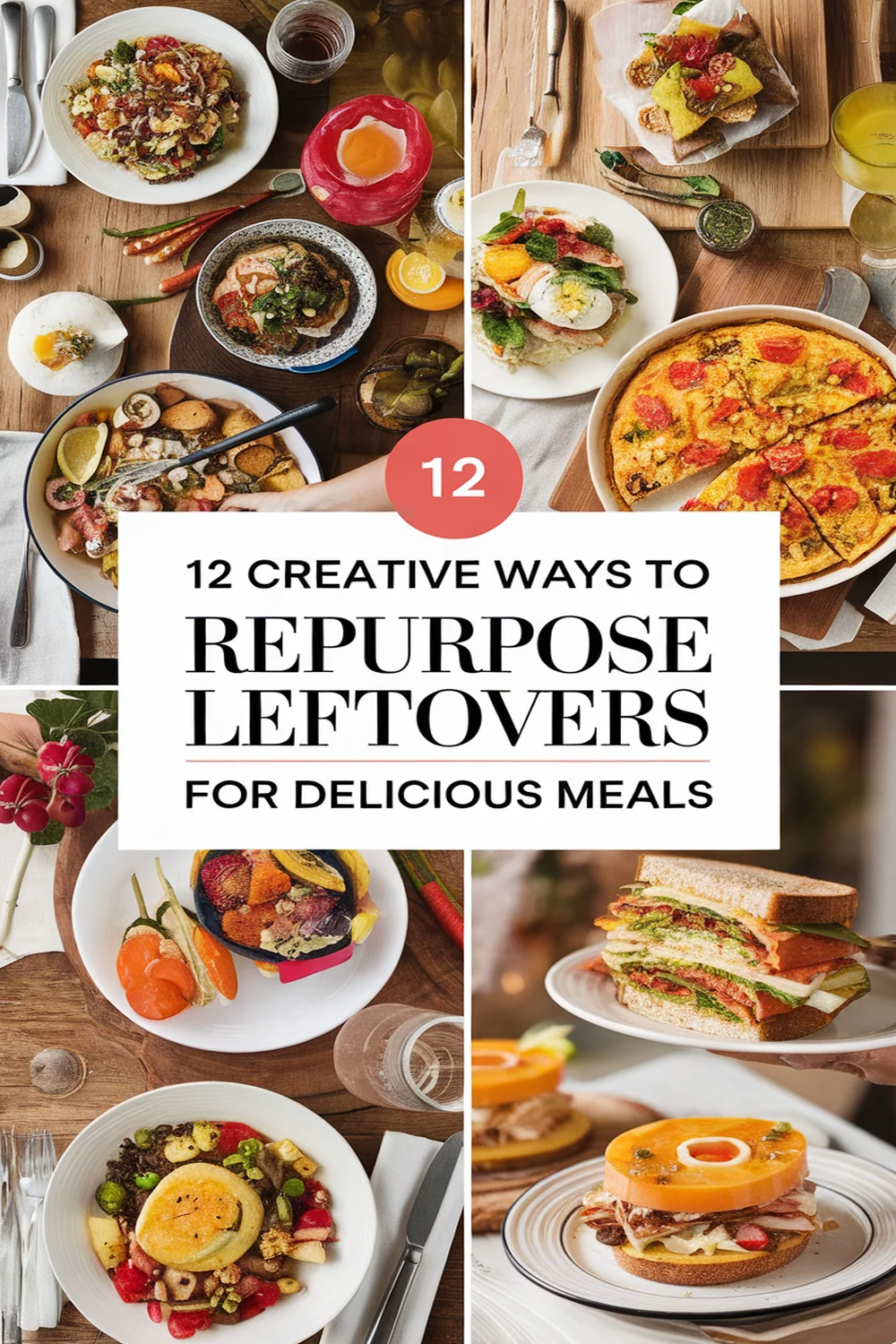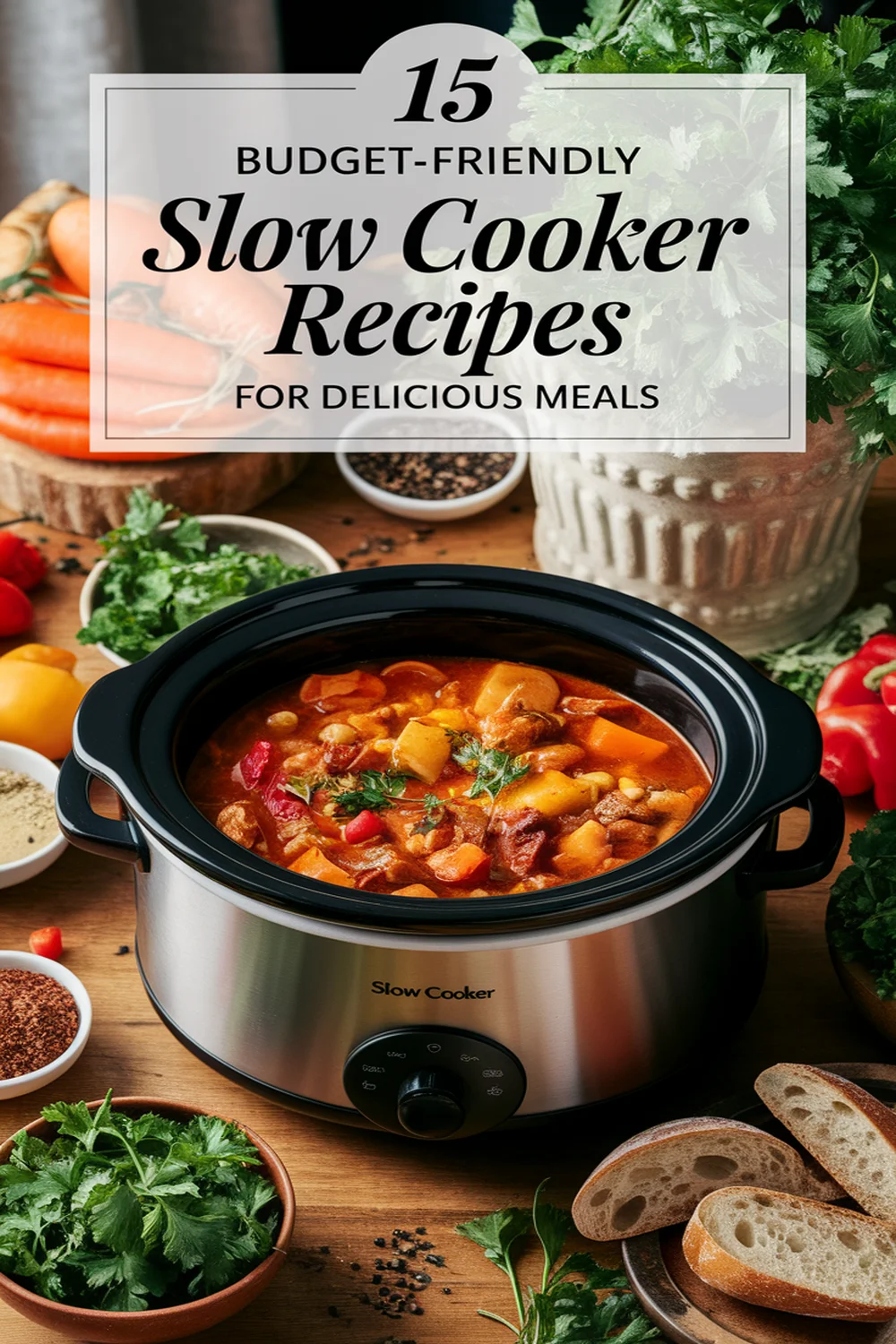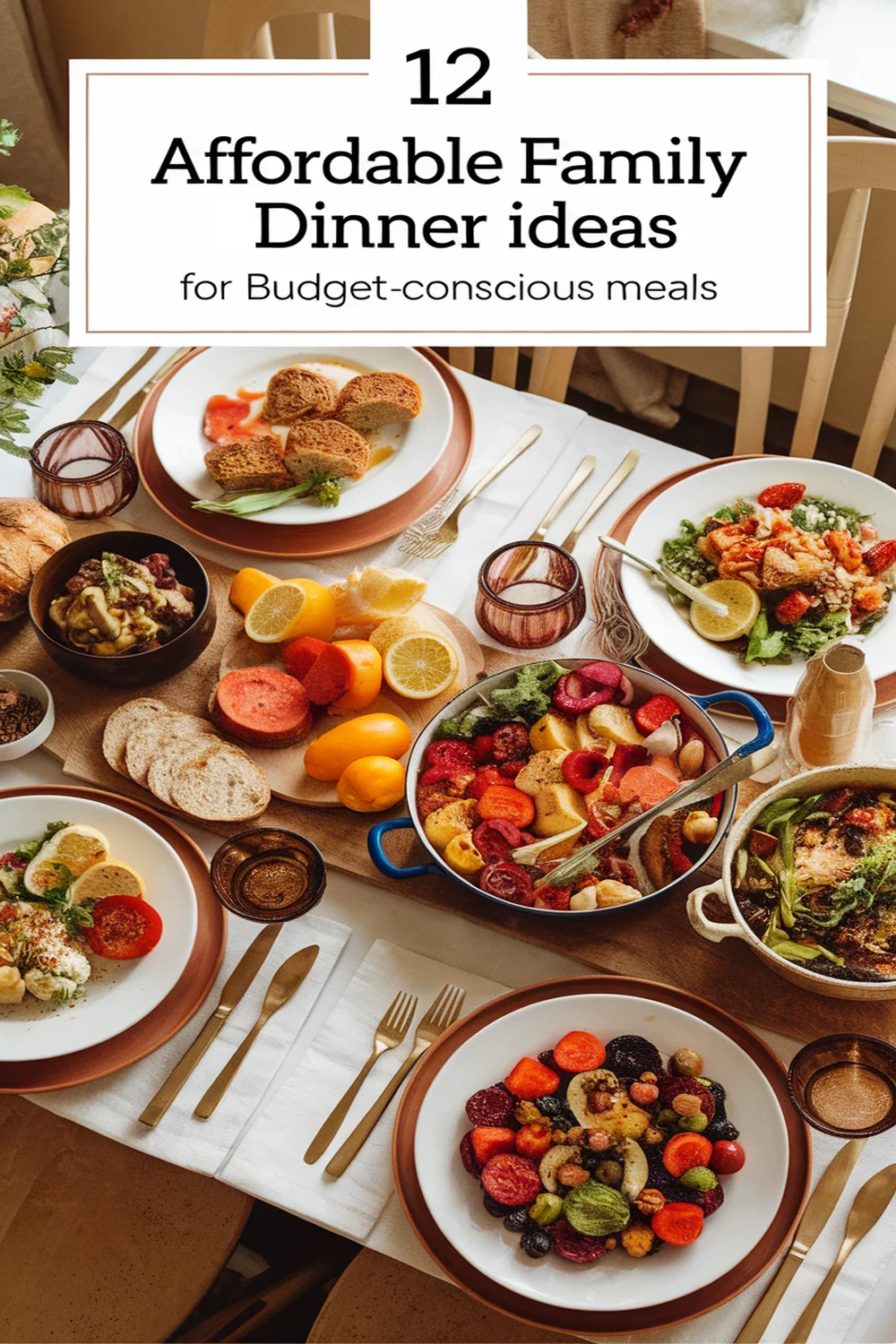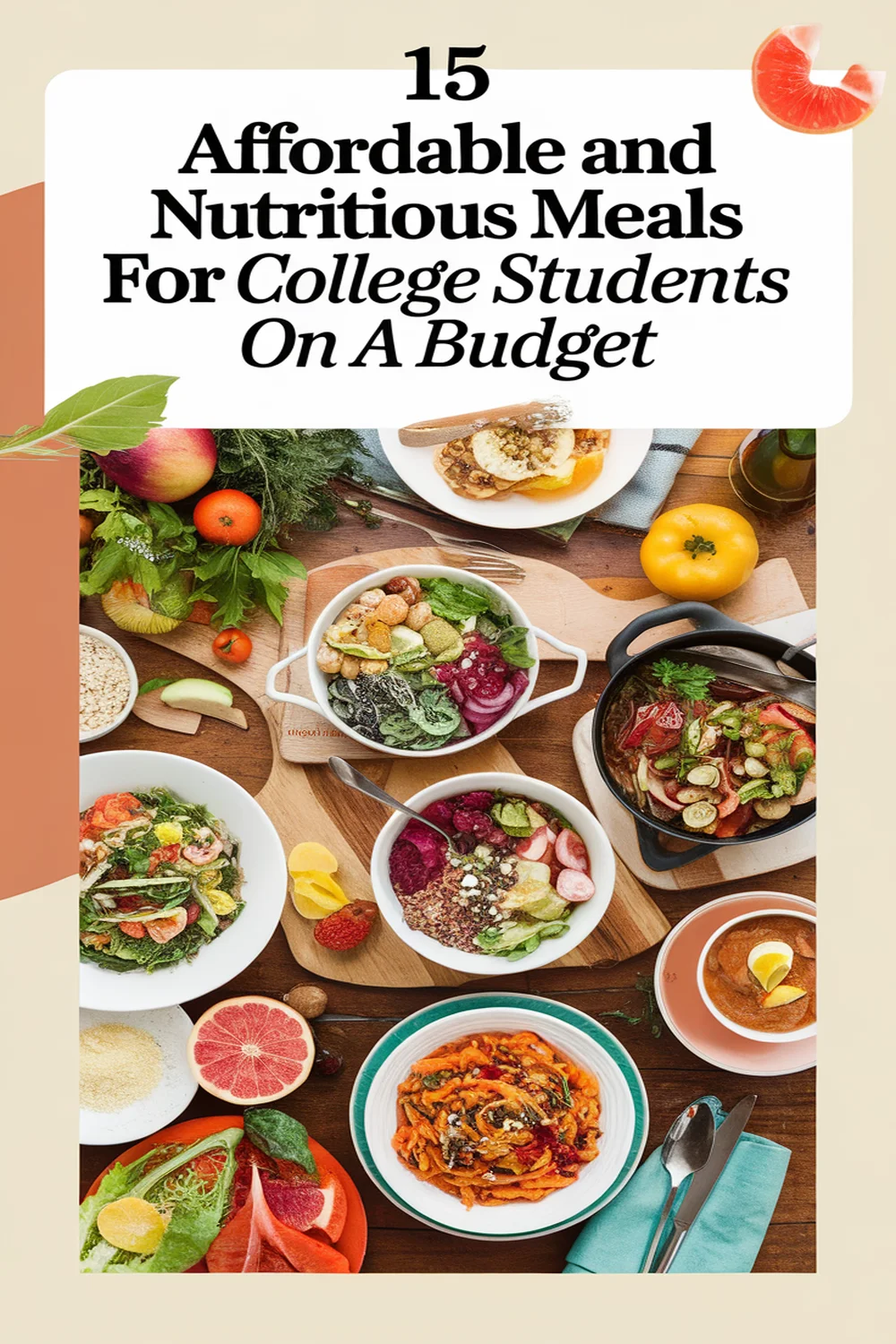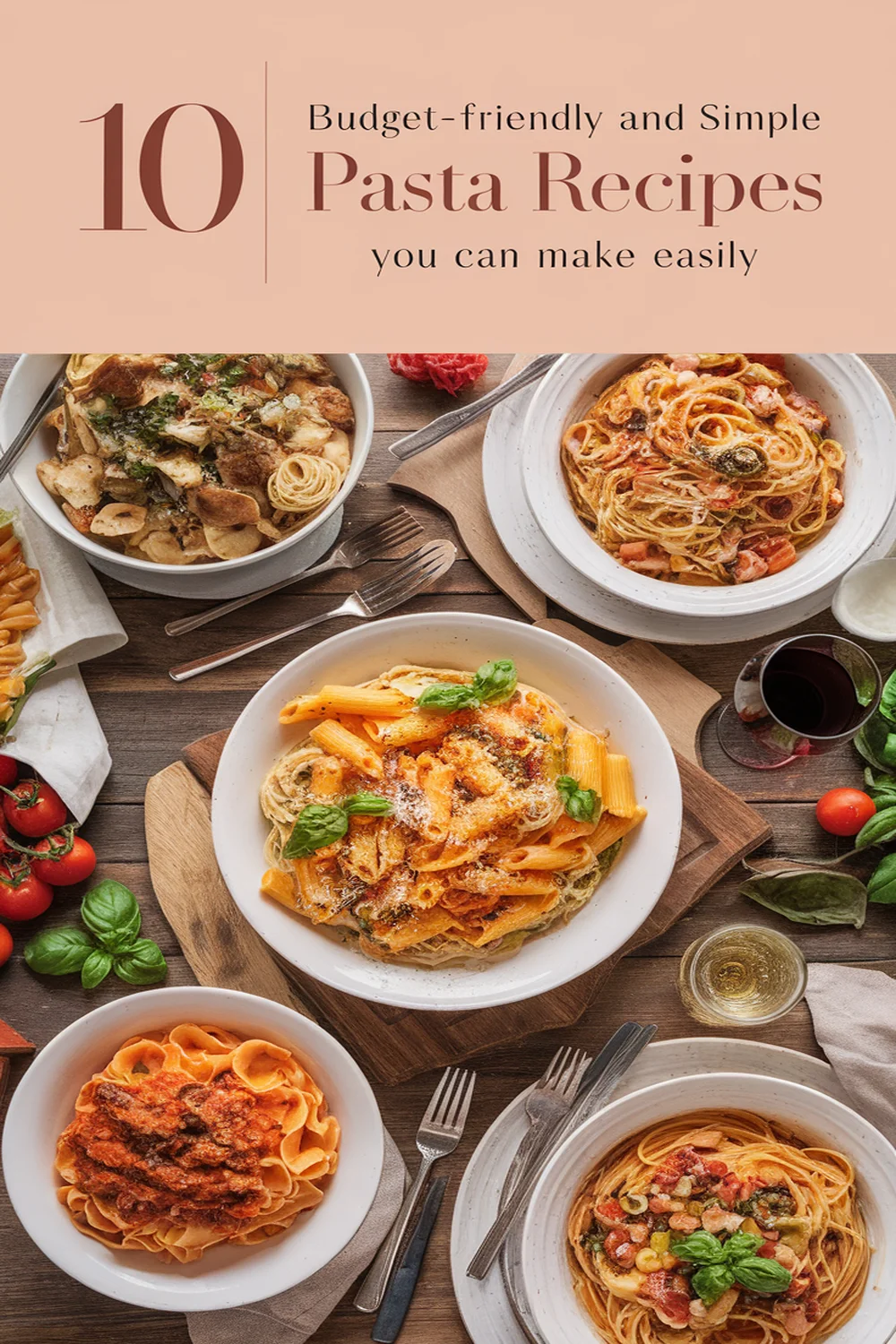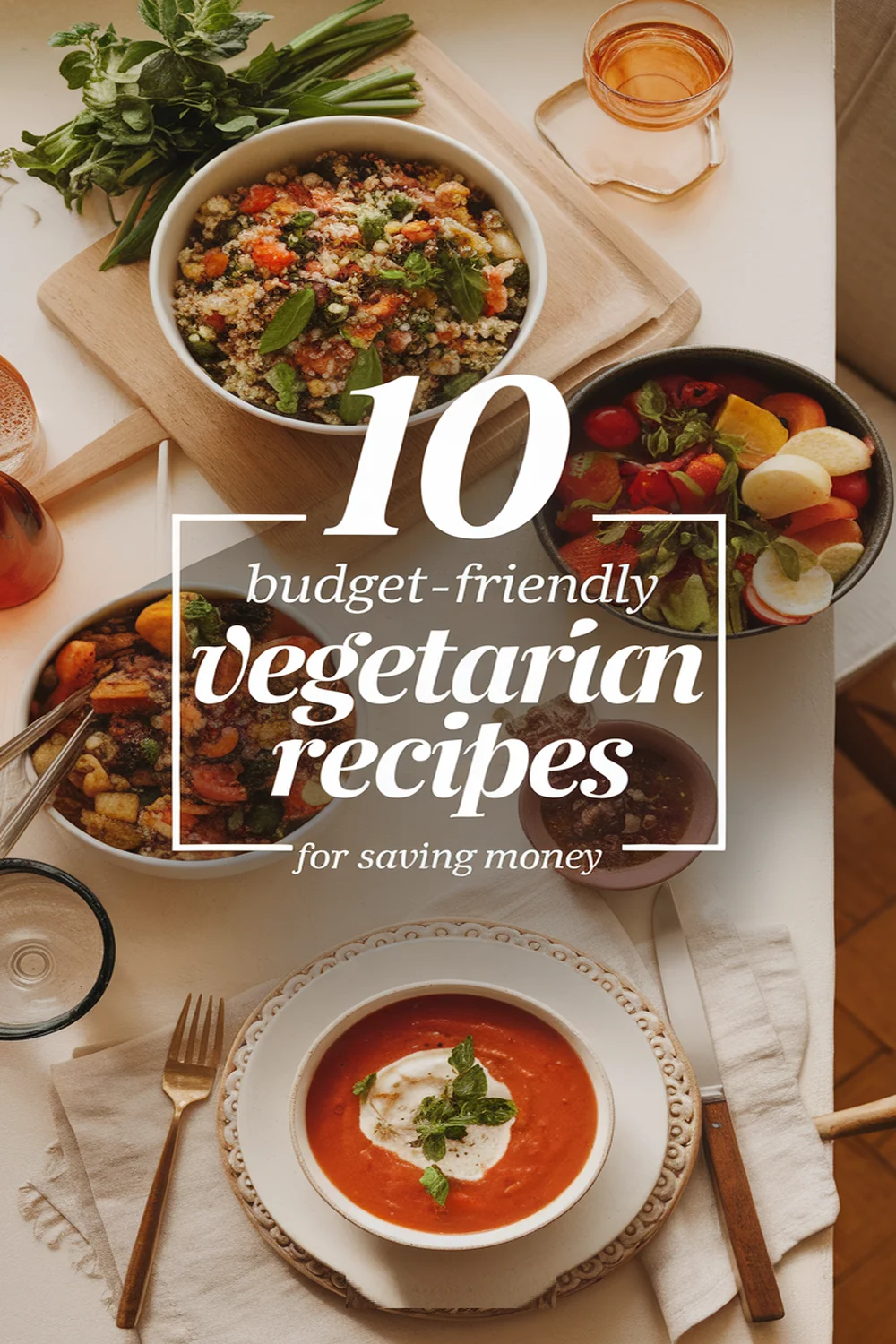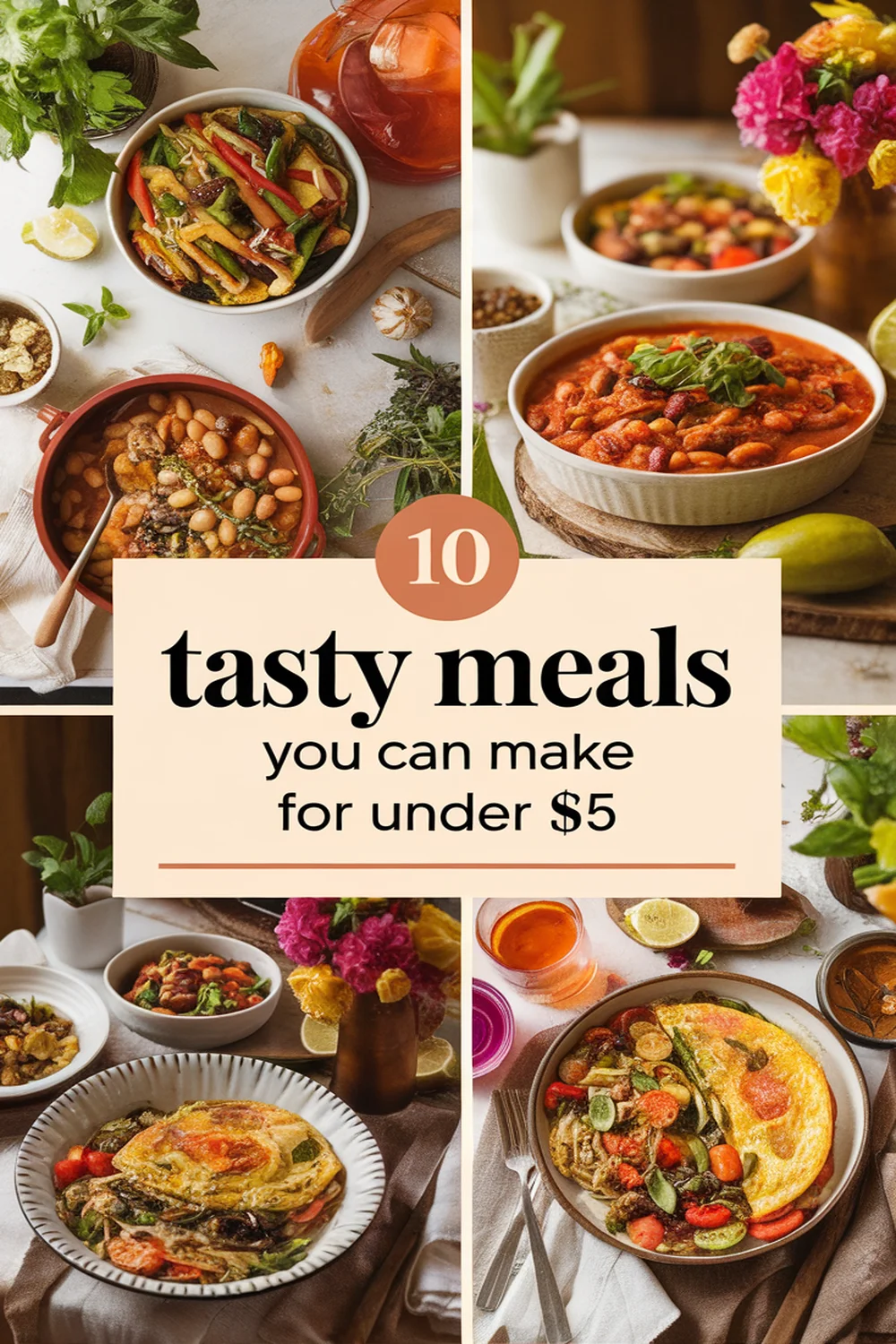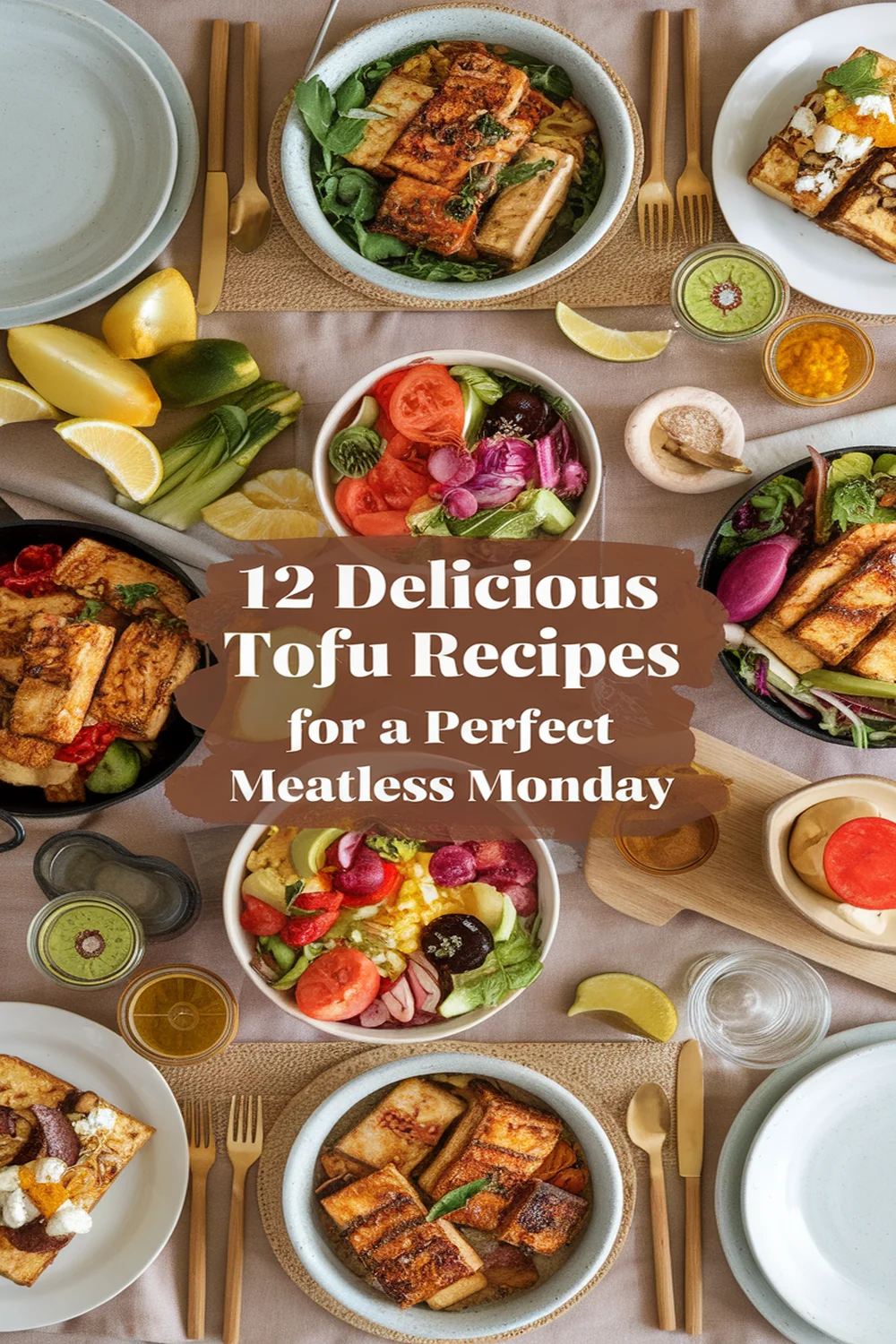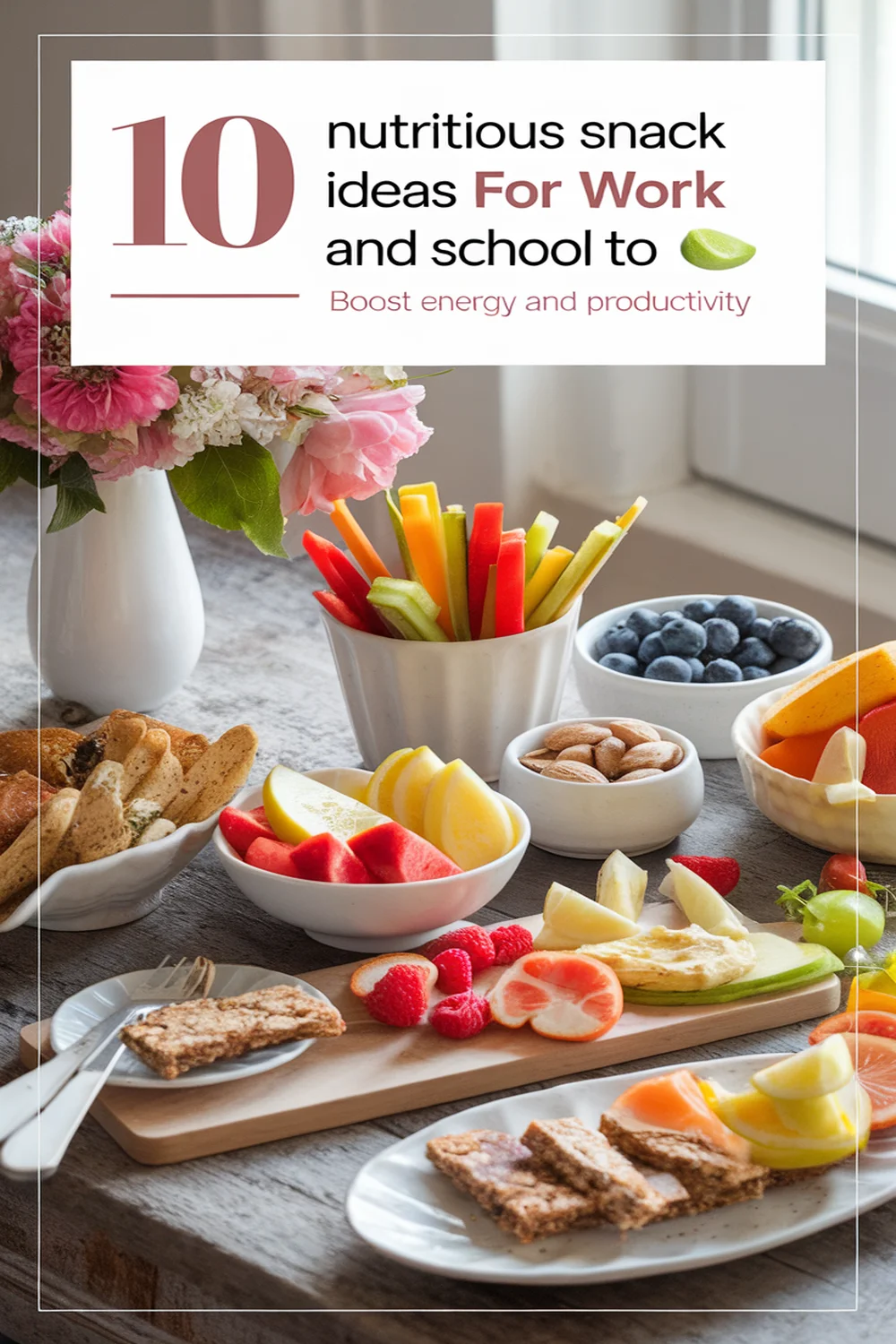This post may contain affiliate links. Please read our policy page.
Leftovers can transform into exciting meals that tantalize your taste buds. Think about turning roast chicken into savory tacos or reinventing pasta as a delicious frittata. You could blend leftover veggies into a hearty soup or even craft a flavorful curry from uneaten dishes. Want to make a salad from random leftovers or create a sandwich bar with diverse fillings? There’s a world of tasty possibilities waiting for you to explore further!
Transform Roast Chicken Into Savory Tacos
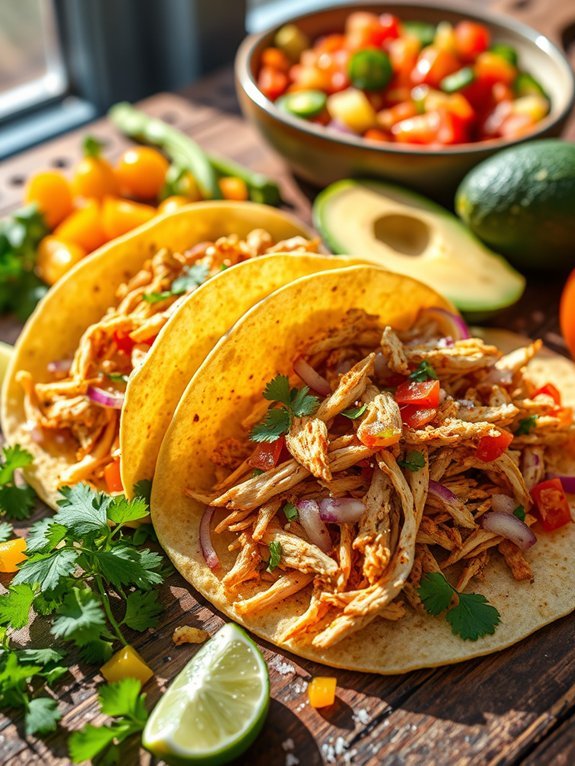
Transforming leftover roast chicken into savory tacos is a delightful way to minimize food waste while enjoying a flavorful meal. These tacos are versatile and can be customized to your taste by adding various toppings and salsas. Using just a few ingredients, you can create a dish that feels fresh and exciting, even if it primarily relies on what you already have.
Whether you’re dining alone, with family, or hosting friends, these tacos will certainly satisfy cravings for something delicious and comforting.
To get started, shred the leftover roast chicken with your hands or a fork, ensuring it’s bite-sized and easy to work with. You can also sauté it briefly in a pan with some seasoning to add a bit of warmth and flavor. This step allows the chicken to absorb additional spices, transforming it from a simple leftover into a filling worthy of its own spotlight.
Choose your favorite taco shells, whether soft corn tortillas or crunchy taco shells, and prepare for a tasty meal you can whip up in no time.
- 2 cups shredded leftover roast chicken
- 1 tablespoon vegetable oil
- 1 teaspoon cumin
- 1 teaspoon chili powder
- ½ teaspoon garlic powder
- Salt and pepper, to taste
- 8 small corn or flour tortillas
- 1 cup diced onions
- 1 cup chopped cilantro
- 1 cup diced tomatoes
- 1 avocado, sliced
- Lime wedges, for serving
Heat the vegetable oil in a large skillet over medium heat. Add the shredded roast chicken along with cumin, chili powder, garlic powder, salt, and pepper. Sauté for about 5 minutes, stirring occasionally until the chicken is heated through and well coated with the spices.
Warm the tortillas in a separate pan or microwave, then fill each tortilla with the prepared chicken mixture, and top with onions, cilantro, diced tomatoes, and avocado slices. Finish with a squeeze of fresh lime juice.
For best flavor, consider marinating your shredded chicken in a mixture of lime juice and spices for a short period before cooking. Additionally, you can enhance the tacos by offering a variety of salsas or hot sauces on the side, allowing guests to customize their tacos to their liking.
If you have any leftover beans, corn, or cheese, throw those in for extra texture and flavor.
Reinvent Pasta Into a Flavorful Frittata

Leftover pasta can be a delightful ingredient to work with, especially when transforming it into a tasty frittata. This dish not only makes use of your remaining pasta but also allows you to incorporate various vegetables and cheeses you may have on hand. By combining these ingredients, you can create a hearty meal that can be enjoyed for breakfast, lunch, or dinner.
Whether you have plain spaghetti, mac and cheese, or a fancy pasta dish like penne arrabbiata, almost any type works wonderfully in this recipe.
Making a frittata with leftover pasta is simple and quick. It’s also a versatile dish that can be customized to suit your taste. The egg mixture encases the pasta, creating a comforting texture, while any additional ingredients you choose to add will complement the flavors beautifully.
Once baked, the frittata can be sliced into wedges and served warm or at room temperature, making it an excellent option for meal prep or a potluck gathering.
Ingredients:
- 2 cups of leftover cooked pasta
- 6 large eggs
- 1 cup of milk or cream
- 1 cup of grated cheese (e.g., mozzarella, cheddar, or feta)
- 1 cup of chopped vegetables (e.g., bell peppers, spinach, onions, or mushrooms)
- Salt and pepper, to taste
- 2 tablespoons of olive oil or butter
- Fresh herbs (e.g., basil or parsley), for garnish (optional)
Preheat your oven to 375°F (190°C). In a large mixing bowl, whisk together the eggs, milk, salt, and pepper until well blended.
Heat the olive oil or butter in a large, oven-safe skillet over medium heat. Add the vegetables and sauté until tender. Stir in the leftover pasta and half of the cheese, then pour the egg mixture over the top. Cook on the stovetop for about 5 minutes, or until the edges begin to set.
Sprinkle the remaining cheese on top, then transfer the skillet to the preheated oven. Bake for 20-25 minutes, or until the frittata is puffed and set in the center. Let it cool slightly before slicing and serving.
When making a frittata, feel free to experiment with the ingredients you have on hand. You can add meats like cooked bacon or sausage for extra protein, or incorporate spices for added flavor.
If you want a lighter frittata, consider using egg substitutes or reducing the number of eggs. Additionally, frittatas can be stored in the refrigerator for up to three days, making them perfect for meal prep or lunchboxes.
Recommended Items
Discover our favorite products and tools to help you turn those leftovers into mouthwatering meals!
Turn Vegetables Into Hearty Soup
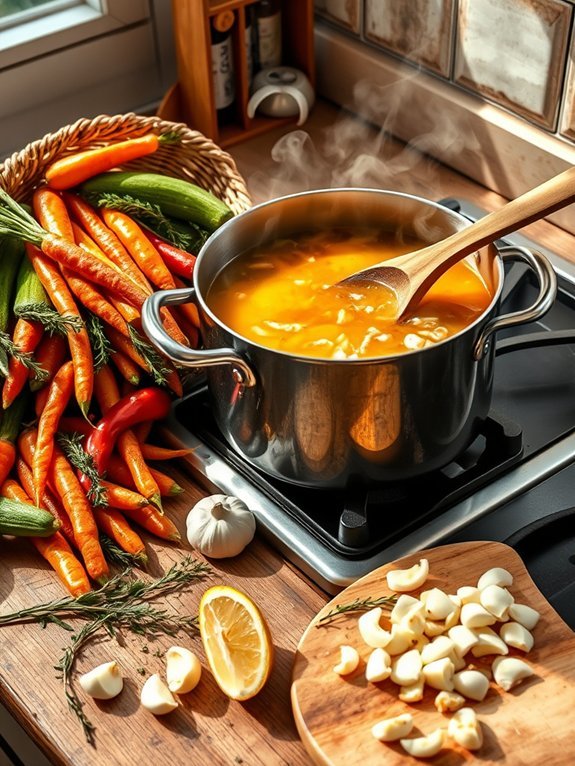
Turning leftover vegetables into a hearty soup is an excellent way to minimize waste while creating a nourishing meal. This recipe is versatile, allowing you to use whatever vegetables you have on hand, whether they’re slightly wilted greens, leftover roasted vegetables, or odds and ends from your weekly grocery run.
The result is a comforting and wholesome soup that’s perfect for any day of the week. To enhance the flavor, consider adding some aromatic herbs and spices. Feel free to adjust the seasoning based on your preferences or any dietary restrictions.
With just a few simple steps, you can transform your leftover vegetables into a delightful, warm dish that will have everyone coming back for seconds.
- 4 cups of mixed leftover vegetables (carrots, zucchini, potatoes, bell peppers, etc.)
- 1 medium onion, diced
- 2 cloves garlic, minced
- 4 cups vegetable broth
- 1 teaspoon dried thyme
- 1 teaspoon cumin
- Salt and pepper, to taste
- 2 tablespoons olive oil
- Optional: 1 cup of cooked grains (like quinoa or rice)
In a large pot, heat the olive oil over medium heat. Add the diced onion and garlic, sautéing until fragrant and translucent, about 3-4 minutes. Stir in the leftover vegetables and cook for an additional 5-7 minutes, allowing them to soften.
Pour in the vegetable broth, then add thyme, cumin, salt, and pepper. Bring the mixture to a boil, then reduce the heat and simmer for 20-30 minutes. For extra heartiness, stir in the cooked grains just before serving.
When making this soup, don’t be afraid to experiment with different combinations of vegetables and spices. Adding a splash of lemon juice or a handful of fresh herbs before serving can brighten up the flavors.
Additionally, you can blend part of the soup for a creamier texture, or top with a sprinkle of grated cheese or croutons for some added crunch. Enjoy your delicious and sustainable creation!
Create a Quiche With Leftover Ingredients
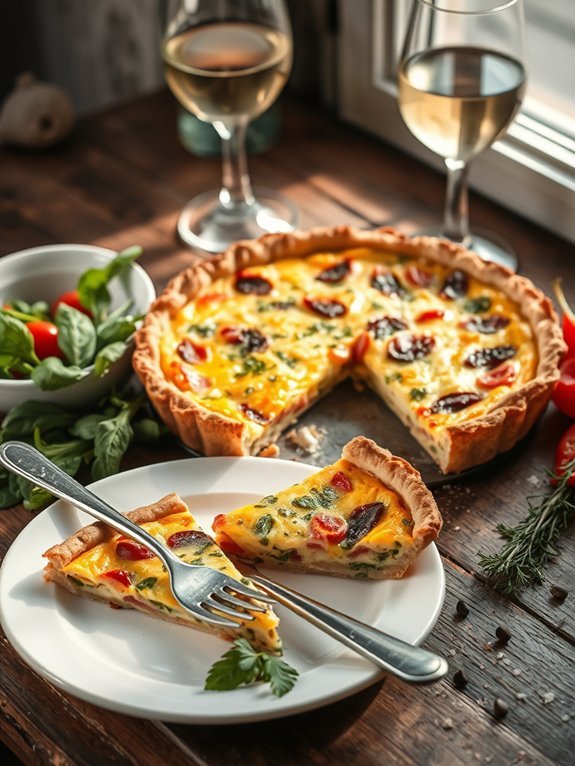
Quiche is a versatile dish that not only makes for an excellent breakfast but can also serve well as a lunch or dinner option.
It’s an ideal way to transform leftover ingredients from your fridge into a hearty and delicious meal. Whether you have some wilted spinach, an extra slice of ham, or a handful of cheese that needs to be used, a quiche allows you to get creative and utilize what you have on hand.
This baked egg dish is typically housed in a flaky pastry crust and can be customized endlessly. You can make a classic Quiche Lorraine with bacon and cheese, or venture into more adventurous territory by adding seasonal vegetables or bold spices.
With minimal effort, you can produce a satisfying meal that looks and tastes like it came from a gourmet kitchen.
- 1 pre-made pie crust (9-inch)
- 4 large eggs
- 1 cup milk or cream
- 1 cup shredded cheese (such as cheddar, mozzarella, or Swiss)
- 1 cup leftover vegetables (spinach, bell peppers, onions, etc.)
- 1 cup cooked protein (ham, bacon, or chicken)
- Salt and pepper to taste
- Fresh herbs (optional, like chives or parsley)
Preheat your oven to 375°F (190°C). In a mixing bowl, whisk together the eggs and milk or cream until well combined.
Stir in your leftover vegetables, cooked protein, and half of the shredded cheese. Season the mixture with salt and pepper. Carefully pour the egg mixture into the pre-made pie crust, then top with the remaining cheese.
Bake the quiche in the preheated oven for 30-40 minutes or until the center is set and the top is golden brown. Allow it to cool slightly before slicing and serving.
When making a quiche, feel free to experiment with the ingredients based on what you have available.
Don’t shy away from mixing different types of cheese or adding spices to enhance the flavor. If you prefer a crustless version, simply pour the mixture into a greased pie dish and bake it as is.
Always confirm that any leftover cooked ingredients you use are safely stored and fresh to guarantee the best quality in your quiche.
Make a Stir-Fry From Unused Meats and Veggies
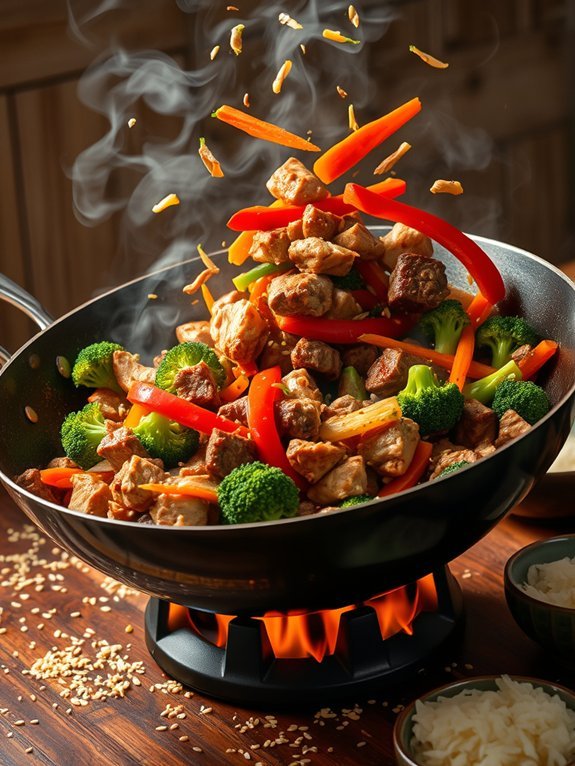
Stir-frying is one of the most versatile cooking methods that allows you to creatively use leftover meats and vegetables, transforming them into a delicious, comforting dish in no time.
The beauty of stir-fry lies in its simplicity; just gather whatever ingredients you have on hand, and you can whip up a flavorful meal. Whether you have leftover chicken, beef, shrimp, or an assortment of veggies like bell peppers, broccoli, or carrots, this dish is the perfect solution for reducing waste while enjoying a wholesome meal.
To get started, it’s important to have a good soy sauce or sauce base for flavor, along with some healthy oils. You won’t need an elaborate setup or many ingredients. Just a hot pan, high heat, and your creativity will guide you to create a beautiful medley of flavors.
Stir-frying is quick, so make certain to prepare all your ingredients in advance and have them ready to toss into the pan.
- 2 cups mixed leftover cooked meats (chicken, beef, shrimp)
- 2 cups assorted leftover vegetables (bell peppers, broccoli, snap peas, carrots)
- 2 tablespoons soy sauce
- 1 tablespoon sesame oil (or any cooking oil)
- 1 tablespoon minced garlic
- 1 tablespoon minced ginger (optional)
- ½ teaspoon black pepper
- 1 teaspoon sesame seeds (for garnish)
- Cooked rice or noodles (for serving)
Heat a large skillet or wok over medium-high heat. Add the sesame oil and let it heat up for a minute. Then, toss in the minced garlic and ginger, stirring for about 30 seconds until fragrant.
Next, add the leftover meats and cook for about 2-3 minutes until heated through. Add your leftover vegetables to the pan, along with soy sauce and black pepper.
Stir-fry everything together for another 4-5 minutes, making sure the veggies remain slightly crisp. Serve hot over cooked rice or noodles, and garnish with sesame seeds.
For the best results, try to cut your vegetables into uniform sizes to promote even cooking. If your leftovers are already seasoned, taste before adding more soy sauce.
You can also customize the texture and flavor by incorporating crunchier vegetables like bok choy or adding a splash of lime juice for freshness. Finally, if you have some nuts or seeds at home, feel free to sprinkle them on top before serving for added texture and nutrition.
Creative Leftover Repurposing Ideas
Whip up a Rice Bowl With Leftover Grains
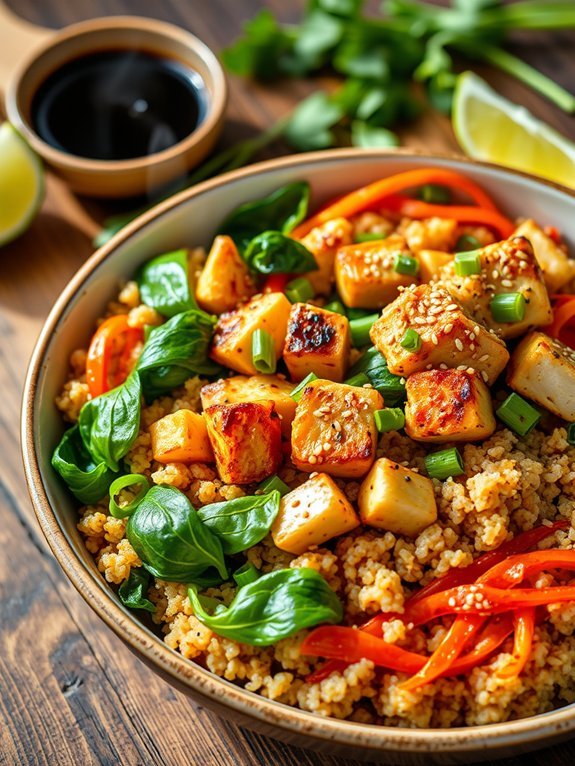
Leftover grains can be a game-changer in the kitchen, turning what could be wasted food into a delicious and satisfying meal. A rice bowl isn’t only a great way to repurpose those remnants but also offers a blank canvas for culinary creativity. You can use any leftover grains you have on hand, such as brown rice, quinoa, or farro, and combine them with fresh ingredients to create a vibrant dish that packs flavor and nutrition.
This dish is highly versatile, allowing you to customize it to your tastes and preferences. Add seasonal vegetables, proteins like chicken or tofu, and a zingy sauce to tie it all together. The delightful combination of textures and flavors makes this leftover rice bowl a go-to recipe that you can whip up in under 30 minutes, perfect for a quick weeknight dinner or lunch.
- 2 cups leftover cooked grains (rice, quinoa, or farro)
- 1 cup cooked protein (chicken, tofu, or beans)
- 1 cup assorted fresh vegetables (bell peppers, spinach, carrots, etc.)
- 2 tablespoons soy sauce or tamari
- 1 tablespoon sesame oil or olive oil
- 1 teaspoon garlic, minced
- 1 teaspoon ginger, minced (optional)
- Chopped green onions for garnish
- Sesame seeds for garnish (optional)
In a large skillet or wok, heat the sesame oil over medium heat. Add the minced garlic and ginger, stirring until fragrant (about 30 seconds).
Next, toss in the assorted vegetables and cook until they start to soften, roughly 3-5 minutes. Then add the cooked grains and protein, stirring to combine everything. Drizzle with soy sauce and stir-fry for another 5 minutes or until heated through. Serve hot, garnished with green onions and sesame seeds.
When making your rice bowl, feel free to experiment with different sauces and seasonings to suit your taste. To add more crunch, consider topping the bowl with toasted nuts or seeds, and to enhance the flavor, a squeeze of fresh lime or lemon juice can brighten the dish.
The key to a successful rice bowl is to balance the textures and flavors, so don’t hesitate to mix and match ingredients to create your perfect leftover meal.
Bake a Casserole With Mixed Leftovers
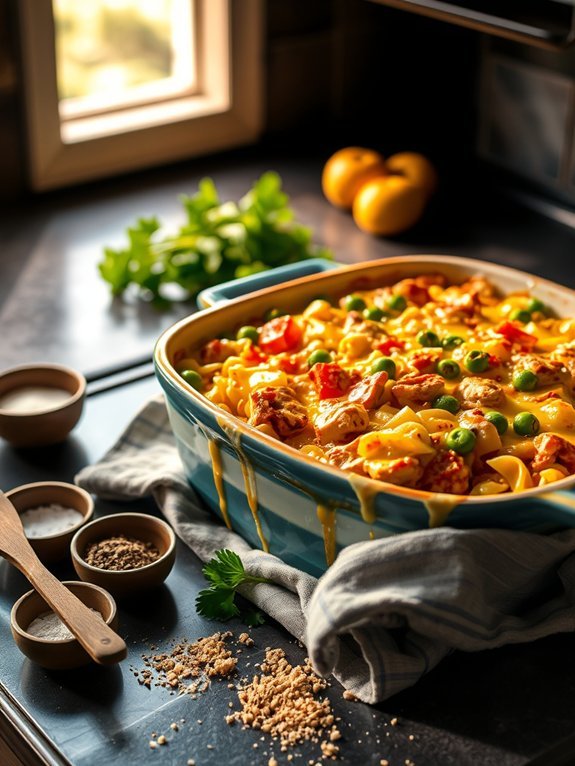
Repurposing leftovers into a baked casserole is a fantastic way to reduce food waste while creating a delicious, comforting dish for the whole family. Casseroles are highly versatile and can incorporate a wide variety of ingredients, making them perfect for combining what you have on hand.
Whether it’s that last bit of roasted chicken, some sautéed vegetables, or even a few remnants of pasta, you can mix and match to create a delightful one-dish meal.
To start, preheat your oven to 350°F (175°C). This moderate temperature allows the casserole to heat through without burning the top. As you gather your leftovers, consider adding a binding ingredient such as cream of mushroom soup, cheese, or even a light béchamel sauce to tie the flavors together.
The goal is to create a harmonious blend of textures and tastes that will please everyone at the table, while ensuring that no leftover goes to waste.
- 2 cups of mixed leftover meats (chicken, turkey, beef, etc.)
- 2 cups of leftover vegetables (corn, peas, bell peppers, etc.)
- 2 cups of cooked pasta or rice
- 1 cup of cheese (cheddar, mozzarella, or whatever you have on hand)
- 1 can of cream of mushroom soup (or homemade sauce)
- 1/2 cup of milk or broth
- 1 teaspoon of garlic powder
- Salt and pepper to taste
- Optional: breadcrumbs or crushed crackers for topping
In a large mixing bowl, combine the mixed leftovers, cooked pasta or rice, cheese, cream of mushroom soup, milk or broth, garlic powder, salt, and pepper. Mix until everything is well-coated and evenly distributed.
Transfer the mixture into a greased casserole dish, smoothing the top. If you’re using breadcrumbs or crushed crackers, sprinkle them evenly over the top for a crunchy finish. Cover the dish with aluminum foil and bake for about 25-30 minutes.
After that, remove the foil and bake for an additional 10-15 minutes, until the top is golden and the casserole is bubbling.
When preparing your casserole, feel free to get creative with your ingredients. You can add herbs and spices to enhance flavor, or even toss in some fresh greens that need to be used up.
Make sure to adjust the cooking time and temperature depending on the thickness of your casserole – a deeper dish may require a bit more time to heat through.
Finally, don’t forget to let the casserole rest for a few minutes after taking it out of the oven; this will help the layers set, making it easier to serve.
Craft Gourmet Pizza Using Last Night’s Feast
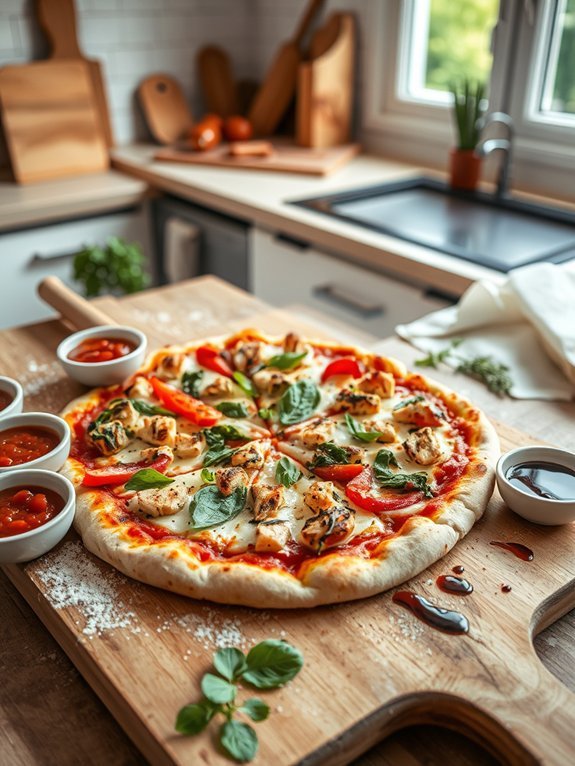
Transform your leftover feast into a gourmet pizza that’s both delicious and resourceful. Utilizing what you have on hand not only minimizes waste but also creates a unique culinary experience that can be tailored to your preferences.
Imagine turning last night’s roasted vegetables, grilled meats, or pasta into a mouth-watering pizza, elevating leftover dining into a delightful event that everyone will enjoy.
To begin, gather all of your delicious leftovers that can be repurposed as toppings. Think about the flavors that will go well together; perhaps a medley of roasted peppers and onions paired with chicken, or a mix of sautéed spinach and feta cheese.
A base of pizza dough or pre-made crust will hold everything together, making the process quick and easy. With a few additional ingredients like cheese and sauce, you’ll create a delectable pizza that feels freshly made.
- Pizza dough or pre-made crust
- Leftover cooked proteins (e.g., chicken, beef, sausage)
- Leftover roasted or sautéed vegetables
- Pizza sauce or marinara sauce
- Shredded mozzarella cheese
- Italian herbs (e.g., oregano, basil)
- Olive oil
Preheat your oven to 475°F (245°C). Roll out the pizza dough on a floured surface or place your pre-made crust onto a baking sheet.
Spread a thin layer of pizza sauce over the surface. Layer your leftover proteins and vegetables evenly on top of the sauce, followed by a generous sprinkle of mozzarella cheese. Finish with a dusting of Italian herbs.
Bake the pizza for about 10-15 minutes or until the cheese is melted and bubbly, and the crust is golden brown.
When crafting your gourmet pizza, creative combinations are key. Don’t hesitate to mix textures and flavors; adding a drizzle of balsamic glaze or a sprinkle of crushed red pepper can elevate the dish further.
Also, consider using different types of cheese—such as feta, goat cheese, or parmesan—alongside mozzarella for an added depth of flavor. Most importantly, have fun with the process!
Blend Smoothies With Overripe Fruits

Overripe fruits often get overlooked in the kitchen, leading to waste when they’re still bursting with flavor and nutrients. Instead of tossing them in the trash, consider blending them into delicious smoothies. Not only is this a great way to use up fruits that may not be at their prime for eating, but it also allows for creative flavor combinations. A smoothie can serve as a nutritious breakfast, a rejuvenating snack, or a post-workout boost.
Incorporating other ingredients like yogurt, honey, or even greens can enhance the nutritional profile while adding interesting textures. You can also use your overripe fruits as a base, adjusting the flavors to your preference by mixing with other fruits or supplements. The following recipe takes full advantage of those ripe bananas and other soft fruits cluttering your kitchen counter, turning them into a delightful smoothie that’s both tasty and convenient.
- 2 overripe bananas
- 1 cup of berries (strawberries, blueberries, or raspberries)
- 1 cup of spinach (optional for added nutrients)
- 1 cup of yogurt (plain or flavored)
- 1 tablespoon honey or maple syrup (to taste)
- 1 cup of milk (dairy or non-dairy)
- Ice cubes (optional)
In a blender, combine the overripe bananas, berries, spinach (if using), yogurt, honey or maple syrup, milk, and ice cubes. Blend on high until all ingredients are smooth and creamy. Adjust the consistency by adding more milk if necessary, or add more ice for a thicker smoothie. Taste and adjust sweetness if desired before serving.
For a fun twist, consider adding a scoop of protein powder or nut butter for those looking to increase their protein intake. You can also experiment with adding spices such as cinnamon or vanilla extract to further enhance the flavor.
Don’t hesitate to mix and match your leftover fruits—get creative with what you have on hand!
Prepare a Salad From Random Leftovers
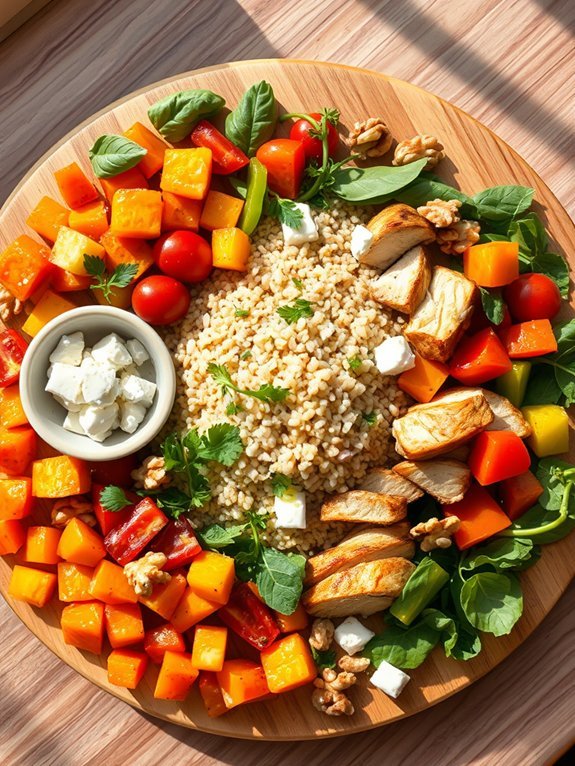
Creating a salad from leftovers is a brilliant way to minimize food waste while innovatively crafting a delicious meal. The beauty of a leftover salad lies in its flexibility—nearly anything can be tossed in, ensuring that no ingredient goes to waste. Think of it as a creative canvas where you can mix textures and flavors to create a vibrant dish that can be a meal on its own or a complement to your main course.
To start, gather your ingredients from the fridge. Leftover cooked proteins like chicken, beef, or tofu add substance, while roasted or fresh vegetables provide color and crunch. Don’t forget about grains like quinoa or rice; they transform your salad into a hearty dish. A sprinkle of herbs, cheese, or nuts can also elevate your salad, making it not just a way to use up food, but a feast that delights the palate.
- Leftover cooked proteins (chicken, tofu, etc.)
- Fresh or roasted vegetables (spinach, bell peppers, carrots, etc.)
- Grains (quinoa, rice, or pasta)
- Cheese (feta, mozzarella, or any cheese you like)
- Nuts or seeds (walnuts, sunflower seeds)
- Fresh herbs (parsley, basil, or cilantro)
- Olive oil or dressing of choice
- Salt and pepper to taste
Begin by chopping your leftover proteins and vegetables into bite-sized pieces. In a large mixing bowl, combine the proteins, vegetables, grains, and any cheese, nuts, or herbs you choose. Drizzle your desired amount of olive oil or dressing over the mixture, and season with salt and pepper to taste. Toss everything together gently until well-combined and serve immediately, or let it chill in the refrigerator for a revitalizing cold salad later.
When creating a leftover salad, don’t be afraid to experiment with different flavor profiles. If your leftovers have strong seasonings, balance them with a fresh citrus dressing or add a handful of bitter greens like arugula for contrast. Always taste as you go—this allows you to adjust ingredients and dressings to fit your preference.
Additionally, feel free to check your pantry for items like canned beans, olives, or pickles that can add more depth to your salad, making it not only a tasty option but also a hearty one!
Develop a Sandwich Bar With Diverse Fillings
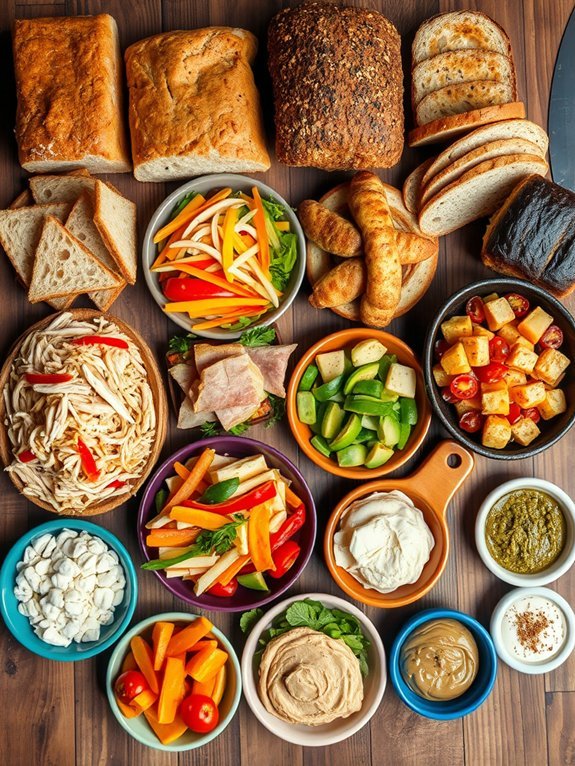
Creating a sandwich bar with diverse fillings is an excellent way to repurpose leftovers, and it brings out your creativity in the kitchen. Whether you have leftover roasted chicken, vegetables, or complementary sauces, each can be transformed into delicious sandwich fillings. The beauty of this idea lies in its versatility; you can mix and match ingredients based on your preferences and what you have on hand.
Assemble a selection of breads, spreads, and fillings for a customizable sandwich experience that suits everyone’s taste. You can set up the sandwich bar buffet-style, allowing everyone to build their own sandwiches from a variety of toppings. This isn’t only convenient but adds an element of fun to mealtime.
Use different types of bread, including whole grain, ciabatta, or baguette, to add texture and flavor. Be adventurous with your fillings—layer on proteins, cheeses, pickles, fresh veggies, and flavorful spreads to create tantalizing combinations that won’t go to waste.
Ingredients:
- Various types of bread (e.g., whole grain, ciabatta, baguette)
- Leftover proteins (e.g., cooked chicken, turkey, ham, tofu)
- Cheeses (e.g., cheddar, mozzarella, goat cheese)
- Fresh vegetables (e.g., lettuce, tomatoes, cucumbers, bell peppers, avocados)
- Spreads (e.g., mayonnaise, mustard, hummus, pesto)
- Pickles or olives
- Seasonings (e.g., salt, pepper, herbs)
Start by laying out all your ingredients on a clean counter or table. Place the breads on one side, followed by the proteins, cheeses, fresh veggies, spreads, and any additional toppings like pickles or olives. Provide utensils and plates for easy assembly, and encourage everyone to get creative.
They can start by choosing their preferred bread, adding their favorite protein, layering on cheese, and then finishing with veggies and spreads according to their taste.
When putting together your sandwich bar, keep in mind that variety is key. Offer a range of flavors and textures not only regarding the sandwiches but also with respect to the condiments. Experiment with different combinations, and consider adding fun extras like crispy bacon or spicy jalapeños for an added kick.
Don’t hesitate to garnish your sandwich creations with fresh herbs for a burst of flavor, or toasting the bread for a delightful crunch. Finally, remember that the journey of flavor exploration is just as important as the end product, so enjoy the process of reinventing your leftovers!
Produce a Flavorful Curry From Uneaten Dishes

Repurposing leftovers can be a delightful adventure in the kitchen, especially when trying to create a flavorful curry. Leftover dishes often possess a medley of flavors that can merge beautifully together in a warm, spiced curry. Think of items like vegetables sautéed the night before, rice that remains from dinner, or proteins such as chicken or tofu. By reimagining them in a curry sauce enriched with aromatic spices, you can turn yesterday’s uneaten meals into a comforting and satisfying dining experience.
Crafting a curry is also a fantastic way to minimize food waste. It allows you to experiment with various flavors and textures, giving new life to nearly any leftover dish. Using an array of spices not only enhances the flavor but also allows for creativity. This recipe will guide you through creating a delightful curry using what you have on hand, ensuring that you don’t overlook the potential of those uneaten leftovers just waiting to be transformed.
- 2 cups mixed leftover vegetables (e.g., bell peppers, carrots, peas)
- 1 cup leftover cooked protein (e.g., chicken, tofu, chickpeas)
- 2 cups cooked rice or quinoa
- 1 medium onion, diced
- 2 cloves garlic, minced
- 1 tablespoon ginger, minced
- 1 can (14 oz) coconut milk
- 2 tablespoons curry powder
- 1 teaspoon turmeric
- 1 tablespoon soy sauce or tamari
- Salt and pepper to taste
- Fresh cilantro for garnish (optional)
In a large skillet or saucepan, heat a little oil over medium heat and sauté the diced onion until translucent. Add the minced garlic and ginger, cooking until fragrant. Stir in the curry powder and turmeric, allowing the spices to bloom, then add the mixed leftover vegetables and protein, cooking until heated through.
Pour in the coconut milk and soy sauce, mixing well before letting the mixture simmer for about 5-7 minutes until thickened and flavors meld. Finally, fold in the cooked rice or quinoa, mixing adequately to combine everything, and cook for an additional 2-3 minutes until everything is warmed through.
When making your flavorful curry, feel free to adjust the spice levels according to your preference. You can add a splash of lime juice for brightness or even a pinch of chili flakes for heat. If your leftovers are already seasoned, taste before adding additional salt or seasoning.
This dish is highly versatile, so don’t hesitate to incorporate new ingredients you may enjoy, such as spinach or kale, for added nutrition, or swap out the coconut milk for a yogurt or cream-based sauce for a different flavor profile.

